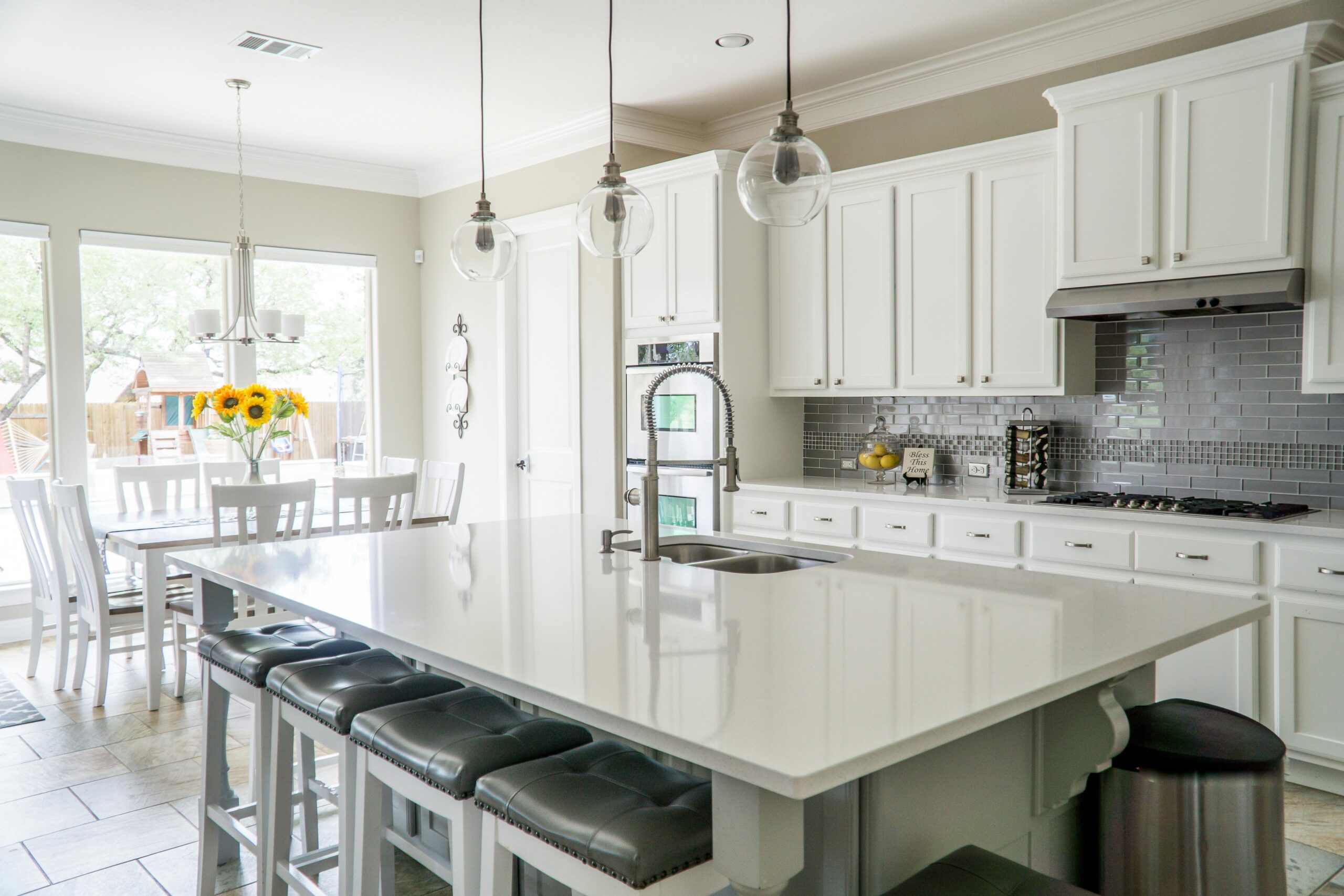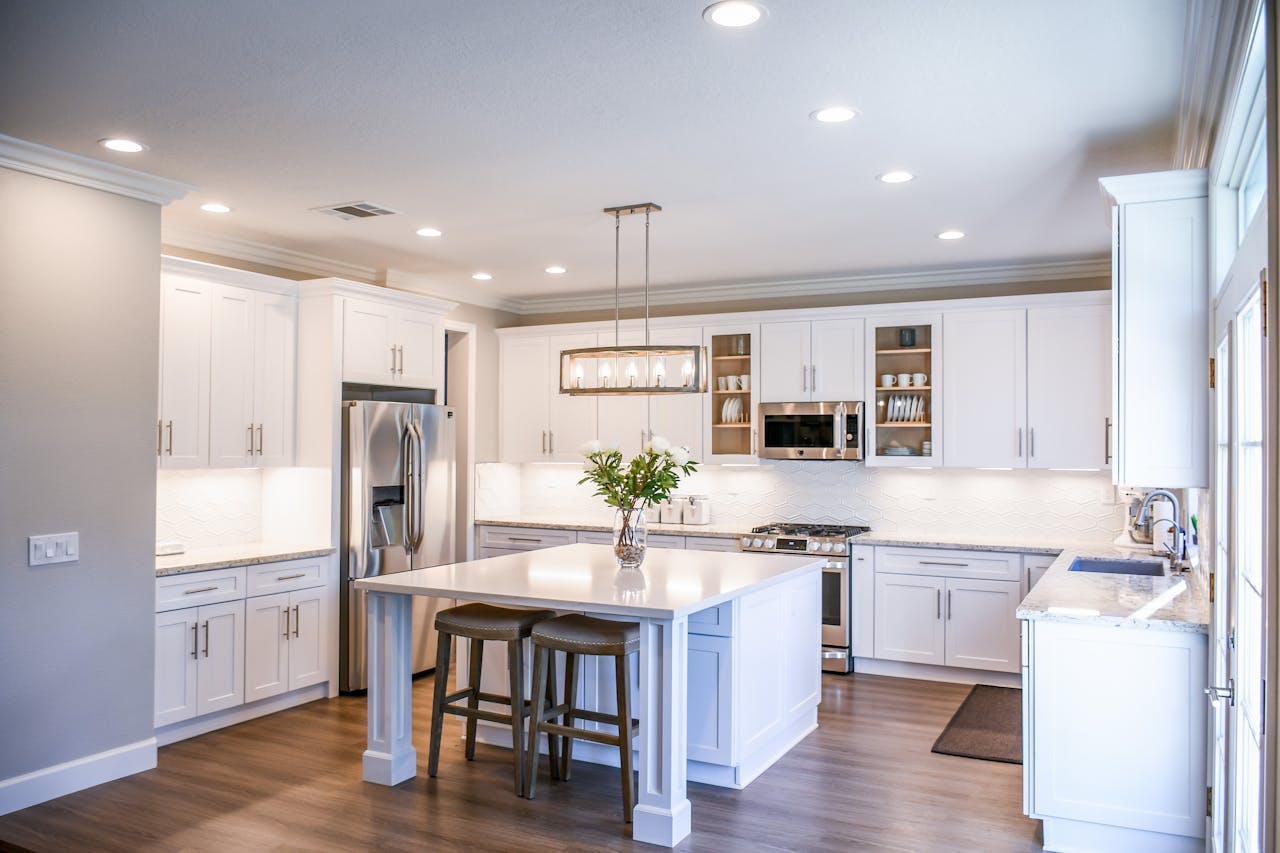Vastu Shastra, an ancient Indian science of architecture, offers guidelines to optimize energy flow in your home. The kitchen, being a source of sustenance and vitality, holds a crucial position in Vastu principles. Choosing the right kitchen direction can profoundly affect the positive energy in your household. Let’s take a closer look at simple and actionable Vastu tips for your kitchen.
Understanding Vastu Principles for Kitchen
Before jumping into the details, it’s essential to grasp the basics of Vastu and why direction matters in your kitchen design.
What is Vastu Shastra?
Vastu Shastra is a set of architectural principles rooted in ancient Indian traditions. Its goal is to harmonize your living space with natural elements like air, water, fire, and earth. These principles ensure that the energy in your home flows freely, promoting health, happiness, and prosperity.
Importance of Direction in Vastu
Imagine walking into a kitchen that makes you feel stressed versus one that feels inviting and lively. Direction plays a pivotal role in determining this energy. According to Vastu, the kitchen must align with fire (Agni) elements to channel the energy correctly. Cooking in the wrong direction could lead to imbalance or negative vibes.
Best Kitchen Directions According to Vastu
Let’s break down the best and worst kitchen directions to design an energy-efficient cooking space.
Southeast: The Ideal Direction
The southeast direction is the best choice for your kitchen. Governed by the fire element, this placement encourages a balanced flow of energy. Place your stove facing east while cooking for maximum benefits. This setup symbolizes the harmony between fire and energy, promoting positivity and well-being.
South: A Good Alternative
If the southeast isn’t an option, the south direction is a viable second choice. While not as ideal as southeast, it still works well for the fire element. Ensure the stove faces east or southeast to maintain alignment with Vastu principles.
West Direction Kitchen
A kitchen in the west direction isn’t a traditional choice, but it has merits. It can bring financial stability and success, provided the stove placement aligns with Vastu’s fire guidelines. Ensure adequate ventilation and avoid clutter in this setup.
Unfavorable Directions
Avoid placing your kitchen in the northeast or north directions. These areas represent water and air elements, which clash with fire energy. Similarly, placing a kitchen in the southwest could disrupt the natural energy flow and cause disharmony in the household.
Layout Tips for Kitchen According to Vastu
A well-thought-out kitchen layout encourages energy flow and keeps negative vibes at bay. Here are some practical tips:
Placement of Stove and Sink
Keep the stove and sink apart—they represent fire and water, which conflict with each other. Place the stove toward the southeast or east, and the sink in the northeast. This separation helps balance opposing elements and maintains harmony.
Colors and Materials
Colors affect mood and energy levels. Opt for warm shades like orange, red, or yellow for the kitchen walls, which align with the fire element. Avoid dark, dull shades like black or deep blue. For materials, natural stones like granite or marble work best for countertops while wooden cabinets enhance warmth and positivity.
Storage and Arrangement
Clutter disrupts energy flow. Keep jars, utensils, and other kitchen essentials neatly arranged. Store heavy items in the southwest portion of your kitchen. Make sure the northeast corner remains clean, as it’s a powerful spot for inviting positivity.
Common Myths About Kitchen Vastu
Many misconceptions surround Vastu practices. Let’s separate fact from fiction.
Myths vs Facts
- Myth: Kitchens in the west bring bad luck.
Fact: When designed correctly, a west-facing kitchen can promote financial growth. - Myth: Using bright colors like red disturbs energy flow.
Fact: Red complements fire energy and creates a vibrant cooking space. - Myth: Vastu applies to only Indian homes.
Fact: Vastu principles work universally to enhance energy and harmony.
Cultural Perspectives
Vastu practices are deeply rooted in Indian culture, but similar concepts exist worldwide. For instance, Feng Shui emphasizes energy flow in spaces, aligning with nature’s elements. These shared beliefs highlight the universal need for balance in living spaces.
Conclusion
Designing your kitchen using Vastu principles is about creating a harmonious space where energy flows freely. From picking the right direction to choosing complementary colors, every detail contributes to the balance of elements. A well-organized, Vastu-compliant kitchen doesn’t just elevate the cooking experience—it fosters health, happiness, and prosperity.
Ready to revamp your kitchen? These simple Vastu tips are easy to implement and bring a refreshing sense of positivity to your home. Remember, a little alignment goes a long way!



